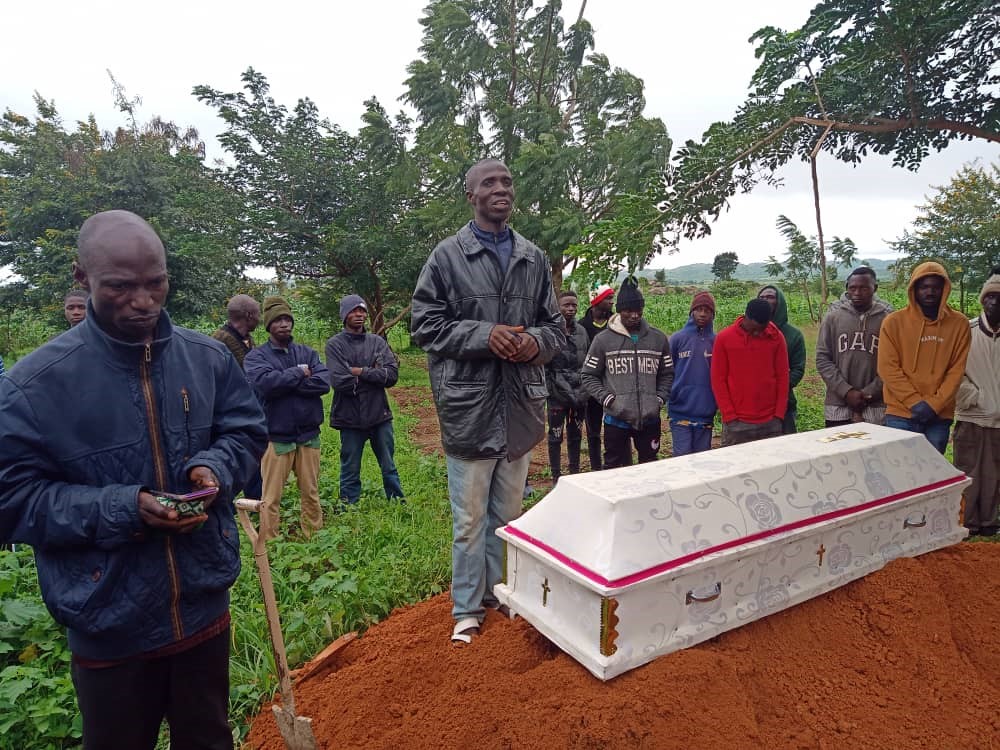Silent Tensions: When Faith and Conflict Collide in Nigeria's Media Narrative

When a tragic massacre targets Christians specifically during their most sacred religious holidays—be it Christmas, Palm Sunday, or Easter—the religious motivation becomes starkly impossible to ignore. The timing and selective targeting of worshippers reveal a chilling intentionality that goes beyond random violence, pointing instead to a deliberate attack rooted in religious persecution and hatred.
